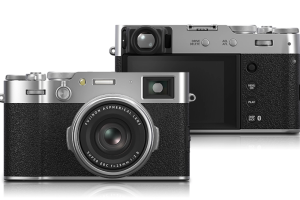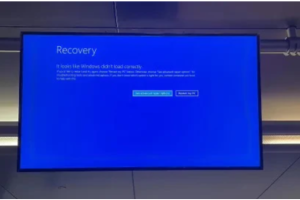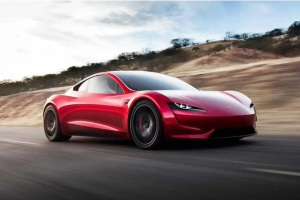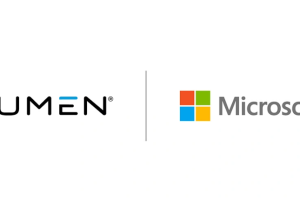September 22, 2023 – In an era where laptops are our indispensable companions, the perennial challenge remains to prolong their battery life. Intel, ever at the forefront of innovation, has unveiled a groundbreaking solution aimed at reducing the energy drain primarily caused by the screen itself. Enter the Intelligent Display technology, a game-changer poised to revolutionize how we conserve power on our portable computers.

At the heart of Intel’s Intelligent Display technology lies a remarkable feature known as UBRR, or User-Based Refresh Rate. This ingenious system, harnessing the power of the laptop’s built-in webcam, is designed to discern whether a user’s gaze is fixed upon the screen. If it detects that your attention has drifted elsewhere or you’ve momentarily abandoned your laptop, it takes action, conserving precious battery life by dimming or even shutting down the screen entirely.
But UBRR is just one facet of this innovation. The Intelligent Display technology goes a step further by dynamically adjusting not only the screen’s refresh rate but also its brightness and other display parameters based on the user’s activity. When you’re engaged in a video call, for instance, it limits the refresh rate to 30 frames per second, a sufficient compromise that significantly reduces power consumption without compromising your experience.

One remarkable aspect of this technology is its adaptability to the content on your screen. Imagine watching a movie where certain scenes demand more brightness and contrast adjustments for an immersive experience. Intelligent Display can automatically make these real-time adjustments, providing the ideal viewing conditions while still being mindful of your laptop’s battery life.
However, the implementation of Intel’s Intelligent Display technology does come with some prerequisites. It requires a specialized chip embedded within the laptop screen and relies on Intel’s graphics drivers for operation. Collaboration with laptop manufacturers is crucial to ensure seamless integration into their products.
While this groundbreaking technology promises to be a game-changer, it comes at a cost. As of now, it’s expected to be initially available in high-end laptops. Intel’s plan to introduce Intelligent Display technology coincides with the launch of laptops featuring the Ultra (Meteor Lake) processors, anticipated to hit the market in December of this year. The relatively high cost of implementation may limit its availability to premium laptop models in the early stages.












